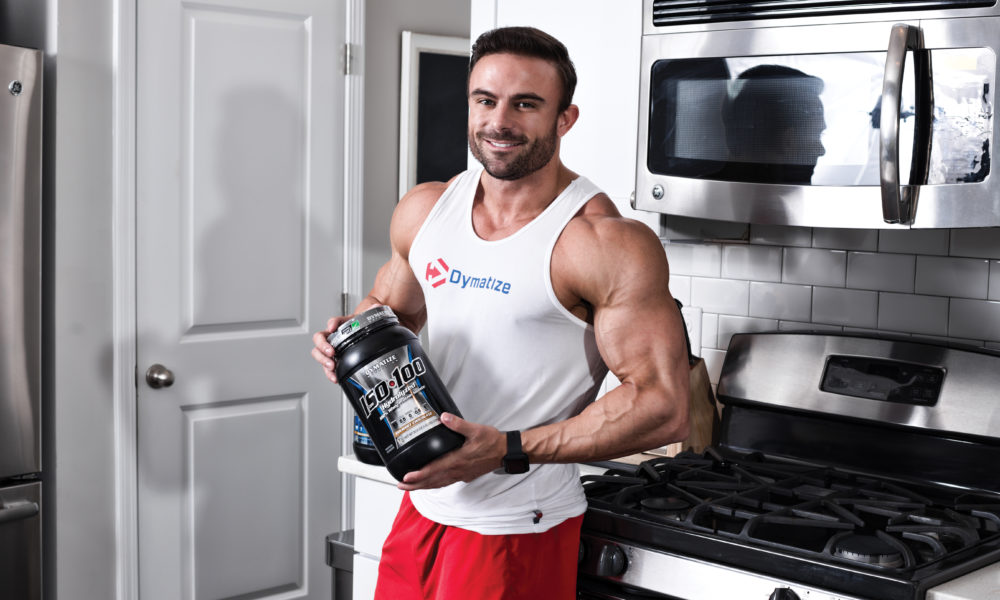

For IFBB pro and type-1 diabetic Dr. Brett Kahn, nutrition is a matter of life and death.
By Mike Carlson
It was the near the end of his senior year season at Michigan State when running back Brett Kahn was diagnosed with type-1 diabetes. He had been feeling sick and lethargic for almost a year and lost weight despite eating around 7,000 calories day, but he had grinded through the football season before doctors were able to confirm that he was suffering from a form of late-onset juvenile diabetes and his pancreas was slowly shutting down its insulin production.
Over a decade later, Kahn is now a Dymatize-sponsored athlete, IFBB Men’s Physique pro, fitness model, and has his doctor of chiropractic. He owns Mobility Spine and Rehab in Charleston, South Carolina, where he lives with his fiancée, IFBB Bikini Pro and fellow Dymatize athlete Katherine Ampolini. Kahn’s meteoric rise in the fitness world is a testament to his determination and knowledge of how the body—specifically his body—utilizes nutrients. As a type-1 diabetic, he injects himself with insulin upwards of 10 times a day. For Kahn, macronutrients are a game of chess rather than checkers.
“A type-1 is always evaluating his diet,” he says. “Eating is like keeping a scale balanced, but there are seven sides instead of two sides. Is it morning or afternoon? What kind of carbs are these? Am I going to be exercising later? I call it the ‘what’s next factor.’”
Mike Carlson: As a type-1 diabetic, what’s your diet like?
Dr. Brett Kahn: If you know what you’re doing, you can eat anything you want. But the diet that is bet for type-1 really is pretty close to a bodybuilders diet. It’s consistent food throughout the day and a moderate but steady carb intake throughout the day,
MC: What does moderate carbs mean?
BK: I get around 300 grams of carbs a day. I’ll go higher in the off-season. Into the season, I usually don’t drop below 150. Consistent eating throughout the day allows you to check your blood sugar. You prick your finger, get a little blood, put it in the meter, see what it is. If your blood sugar goes low in the middle of workout, you are done. You have to pack it up. You have to get some sugar into you and wait around for 20 minutes for it to come back up.
MC: Has that happened to you?
BK: Absolutely. You’re flying, getting a good pump, workout is good, but maybe you didn’t have as many carbs as you needed, or you took a little too much insulin and your blood sugar plummets. You get shaky, you start to get the sweats, and get real weak. If I don’t attend to it, I can pass out or have a seizure. You can eat and then wait for it to come up, but then you’re usually lethargic after that. It’s tricky.
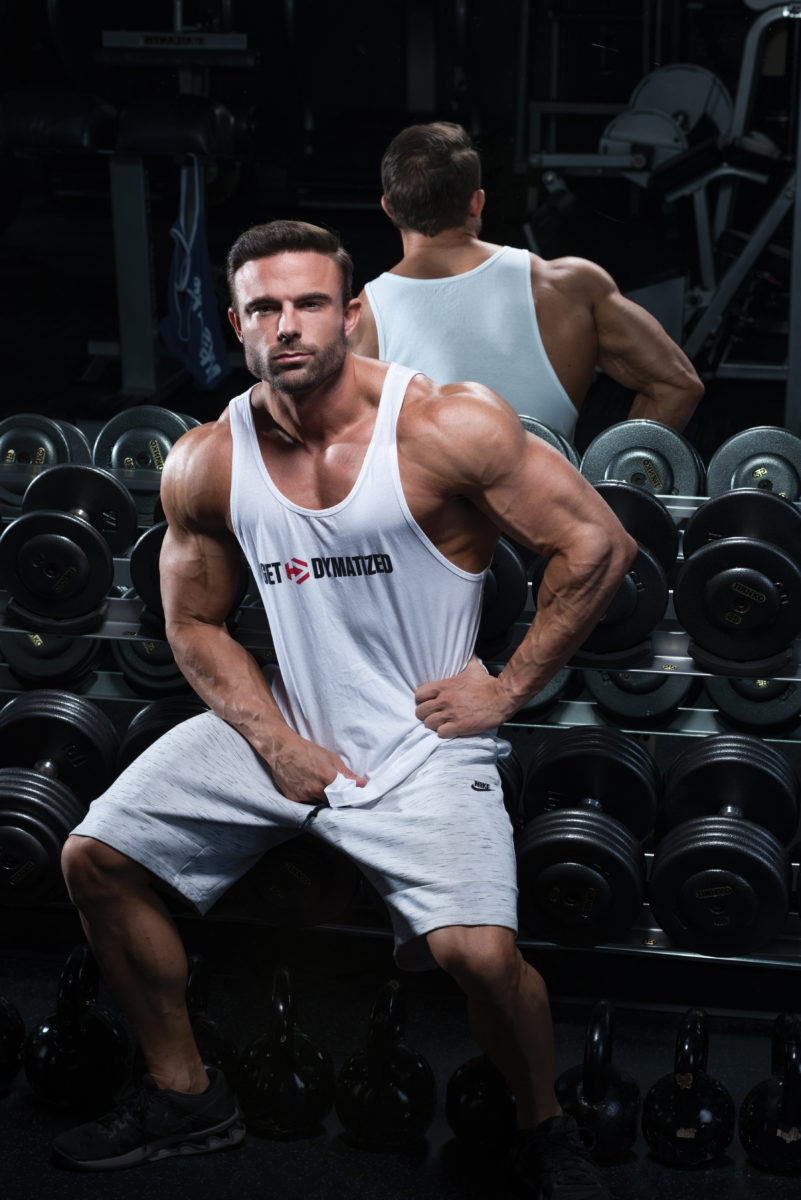
MC: You must love Dymatize ISO100 since it has less than a gram of sugar.
BK: Yes, that’s awesome because it’s one less thing to calculate. And I know that I’m getting the amount it says on the label. There is a certain amount of protein that will raise your blood sugar as well. If the label says 25 grams but it really only has 10, then I will take too much insulin and it will throw my balance off and my blood sugar will get low. It’s important that what is on that label is what I am taking in. If a company claims 50 grams of protein and there are 15 grams, that’s going to mess me up.
MC: What kind of daily maintenance can people do to stay off your table?
BK: Something as simple foam rolling the lower extremities. Work on your hip flexors. People don’t realize how tight hip flexors get today with all the sitting we do at desk jobs. Often, how we bodybuild creates lordosis and pressure in the lower back. Keeping the hip flexors and the lower extremities loose and pliable will go a long way to avoiding injury.
MC: Does bodywork treatment actually help aesthetics as well?
BK: There is a definite aesthetic benefit to it, especially onstage. When you build up adhesions and restrictions in the muscle belly, they keep the muscle from expanding and accepting as much blood as it can. One, it looks less full because it’s cinched down, and two, it will limit your range of motion. A guy doing a back pose is trying to get wide. If that muscle is tight or has an old training injury, he won’t be able to get his shoulder up and out and you won’t see as much detail or width. Graston and Active Release allows the shoulder to move farther and let the muscle expand a little more. You might get a total of one-inch wider, but you would have to lift a lot of weights to grow that extra inch. MC






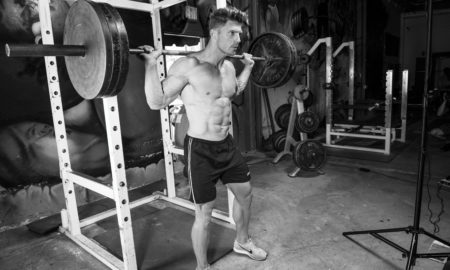
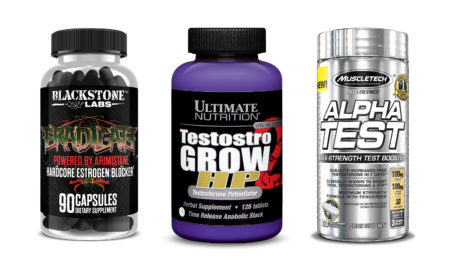





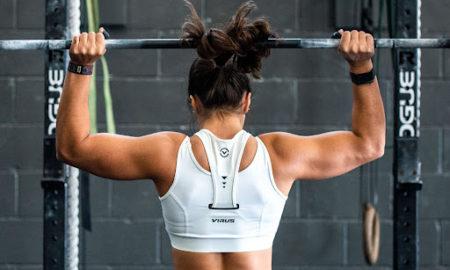

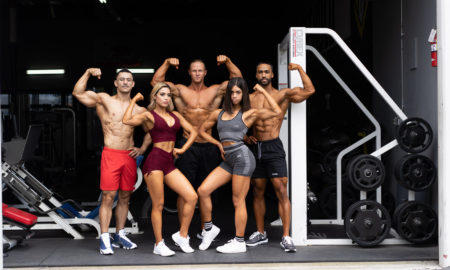
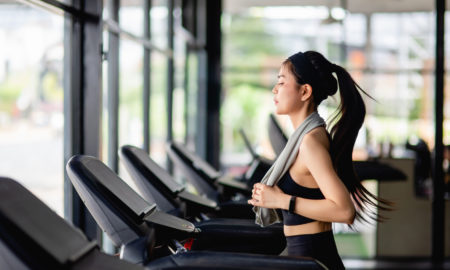

You must be logged in to post a comment Login